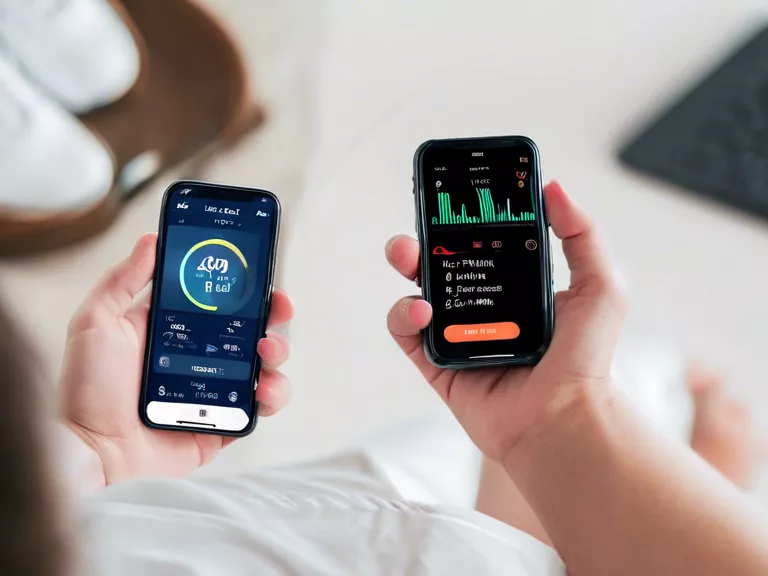
In today's digital age, health apps have become increasingly popular tools for monitoring vital signs and tracking overall wellness. These apps can help individuals keep track of key health metrics such as heart rate, blood pressure, sleep patterns, and exercise routines. By utilizing health apps effectively, individuals can gain insights into their health and make informed decisions about their well-being. Here are some tips on how to use health apps to monitor your vitals and track wellness:
Choose the Right App: There are numerous health apps available on the market, each offering different features and capabilities. It's important to do some research and select an app that aligns with your health goals and preferences.
Input Relevant Data: To get accurate readings and insights from your health app, make sure to input relevant data regularly. This includes information such as age, gender, weight, height, and any existing health conditions.
Set Goals: Establish specific health goals within the app to help motivate and keep you on track. Whether it's increasing your daily step count, improving your sleep quality, or reducing your stress levels, having clear objectives can drive progress.
Track Your Progress: Monitor your vital signs and wellness data consistently to track your progress over time. Look for trends and patterns in your data to identify areas where you can make improvements.
Consult with Healthcare Professionals: While health apps can provide valuable insights, it's essential to consult with healthcare professionals for a comprehensive evaluation of your health. Share your app data with your doctor or healthcare provider during check-ups to get personalized recommendations.
By incorporating health apps into your daily routine, you can take control of your health and well-being. With the right tools and strategies, monitoring your vitals and tracking wellness can be a proactive and empowering experience.



